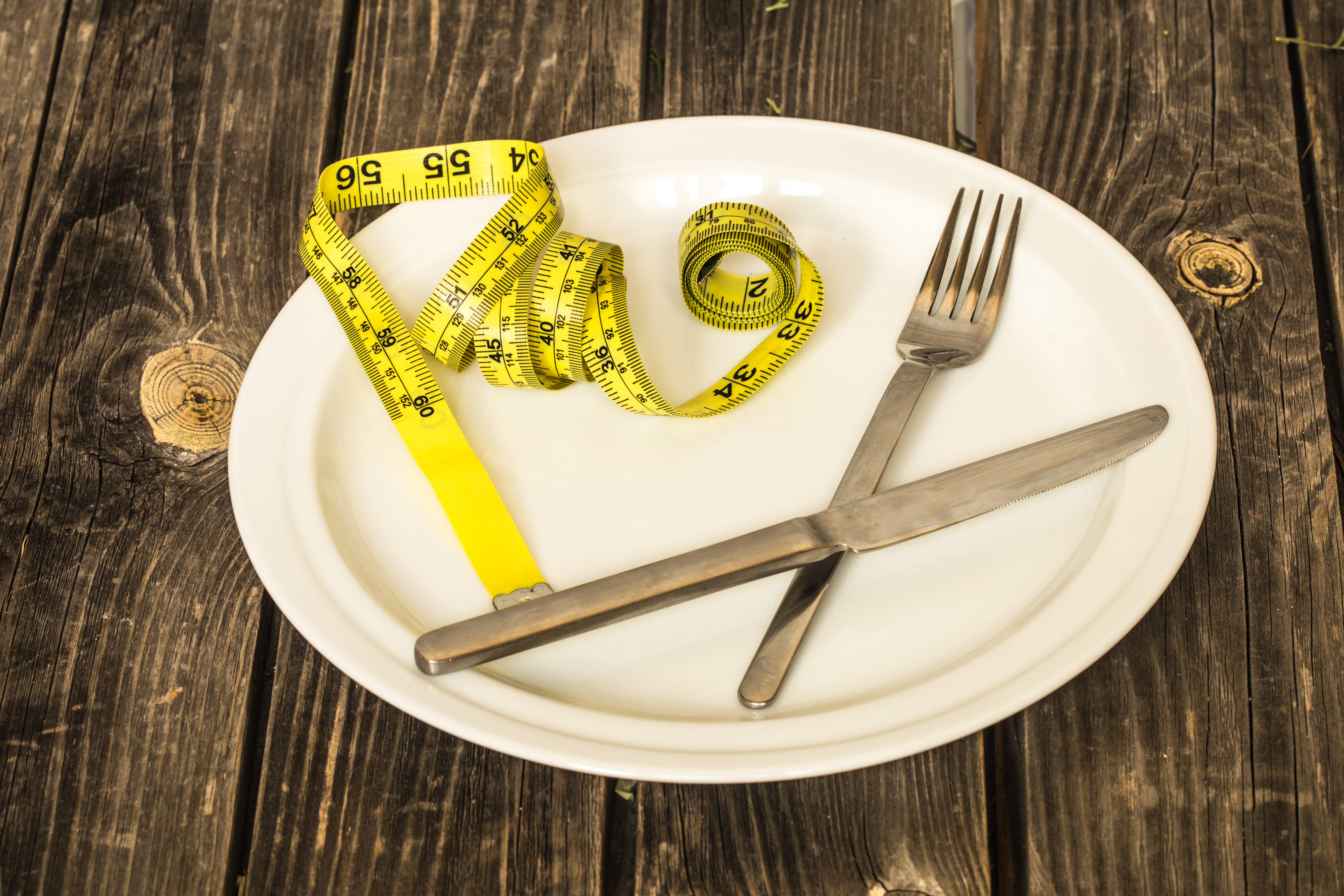🔥 Calorie Deficit Calculator
Introduction
A calorie deficit is the cornerstone of any successful weight loss plan. To lose weight, you must burn more calories than you consume, creating a calorie deficit. This Calorie Deficit Calculator helps you determine how many calories to eat daily to lose weight safely and effectively.
By using scientifically accepted methods like the Mifflin-St Jeor equation and calculating your Total Daily Energy Expenditure (TDEE), this tool provides a personalized, sustainable approach to weight loss, tailored to your activity level and body composition. Learn more from Mayo Clinic.
What Is a Calorie Deficit?

A calorie deficit occurs when you consume fewer calories than your body needs to maintain its current weight. The most common misconception is that calorie deficit equals weight loss. While it’s true that to lose weight, you need to burn more calories than you consume, it’s essential to account for factors like muscle mass, body composition, and activity level.
The 3500-calorie rule suggests that for every 3500 calories burned, you can lose 1 pound of fat. However, newer models, like the one developed by Kevin Hall at the National Institutes of Health (NIH), demonstrate that the relationship between calorie deficit and weight loss is more complex. The body adjusts over time, reducing the effectiveness of calorie reduction as weight loss continues. Read more from NIH.
- Key Factors:
- Basal Metabolic Rate (BMR): The number of calories your body needs at rest to maintain essential functions like breathing and digestion.
- TDEE: The total calories you burn each day, which includes BMR plus the calories burned through physical activity.
By understanding these factors, you can create a calorie deficit that leads to consistent, healthy weight loss.
How This Calorie Deficit Calculator Works
The Calorie Deficit Calculator simplifies weight loss by providing you with an exact number of calories to eat based on your unique data. Here’s how it works:
- Enter Your Personal Information:
- Age
- Gender
- Height
- Weight
- Activity level (ranging from sedentary to very active)
- BMR Calculation:Your BMR is calculated using the Mifflin-St Jeor equation. This provides an estimate of the number of calories you burn at rest. See more on BMR calculation.
- TDEE Calculation:TDEE is derived from your BMR and your activity level. This number indicates the calories needed to maintain your current weight.
- Setting a Calorie Deficit:To lose weight safely, subtract 500–1000 calories per day from your TDEE. This range ensures you lose weight gradually, around 1-2 pounds per week.
By inputting these simple details, the Calorie Deficit Calculator gives you a clear, actionable target to meet your weight loss goals while maintaining health and energy.
Example: How the Deficit is Calculated
Let’s say a 30-year-old woman weighs 65 kg, is 165 cm tall, and has a moderate activity level.
- BMR Calculation (using the Mifflin-St Jeor equation):
BMR = 1,375 kcal/day - TDEE Calculation (moderate activity multiplier of 1.55):
TDEE = 1,375 × 1.55 = 2,131 kcal/day - Calorie Deficit:
If she consumes 500 fewer calories per day, her target intake for weight loss would be:
2,131 – 500 = 1,631 kcal/day
This example shows how the Calorie Deficit Calculator can help you set realistic, safe calorie intake targets based on your body’s unique needs.
How to Choose the Right Calorie Deficit
When setting your calorie deficit, it’s essential to find a balance that suits your weight loss goals and lifestyle. Here’s a simple guide:
- 500 kcal/day = 1 lb/week (recommended for steady, sustainable weight loss)
- 750 kcal/day = 1.5 lbs/week
- 1000 kcal/day = 2 lbs/week (should not go below this without professional supervision)
Important:
- Women should not eat fewer than 1,200 calories/day, and men should not eat fewer than 1,500 calories/day to maintain essential nutrient intake. Learn more from the Academy of Nutrition and Dietetics.
This approach ensures that you’re losing weight safely without sacrificing nutrition or muscle mass.
Eating Smart in a Calorie Deficit

It’s crucial to eat smart while in a calorie deficit. Simply cutting calories is not enough; you also need to focus on nutrition to maintain a healthy diet. Here are some tips:
- Prioritize Protein: Protein helps preserve muscle mass and keeps you full longer.
- Increase Fiber: Fiber-rich foods, like vegetables and whole grains, aid digestion and enhance satiety.
- Drink Water: Staying hydrated is essential for overall health and helps with appetite control.
- Avoid Empty Calories: Reduce processed foods, sugary drinks, and high-fat snacks to optimize your calorie intake.
Example Food Swaps:
- Fried → Grilled
- Soda → Water
- Chips → Veggie sticks
Balancing your macronutrients (carbs, proteins, and fats) is key for sustaining energy and preventing nutritional deficiencies while losing weight.
Zigzag Calorie Deficit: Avoid Plateaus
Over time, your body can adapt to a steady calorie deficit, causing weight loss to slow down. This is where zigzag calorie cycling can help.
How It Works: You alternate between higher and lower calorie days throughout the week. For example:
- M/T/W: 1,600 kcal/day
- Th/F: 2,000 kcal/day
- Sa/Su: 1,800 kcal/day
This method prevents your metabolism from adjusting to a constant calorie deficit, helping you avoid plateaus and continue making progress.
Frequently Asked Questions (FAQs)
Q1: Is 1200 calories too low?
For most adults, yes. Going below this limit may harm metabolism and nutrient intake.
Q2: Can I build muscle on a deficit?
Yes, by maintaining a high-protein intake and performing resistance training, it’s possible to build muscle while losing fat.
Q3: How fast can I lose weight with a deficit?
Aim for 1–2 pounds per week. Faster = higher health risk.
Q4: Can I eat cheat meals and still lose weight?
Yes, as long as they fit within your weekly calorie deficit (using the zigzag method).
Reviewed by
[Dr. Jane Smith, MSc Nutrition Science]
Dr. Smith holds an MSc in Nutrition Science and has over 10 years of experience in metabolic research and clinical nutrition. She is certified by the Academy of Nutrition and Dietetics. Learn more about Dr. Jane Smith.
Related Health & Weight Tools
Start Your Healthy Weight Journey Today!
Use the Calorie Deficit Calculator now to build a plan that works for you and start achieving your weight loss goals the right way.
